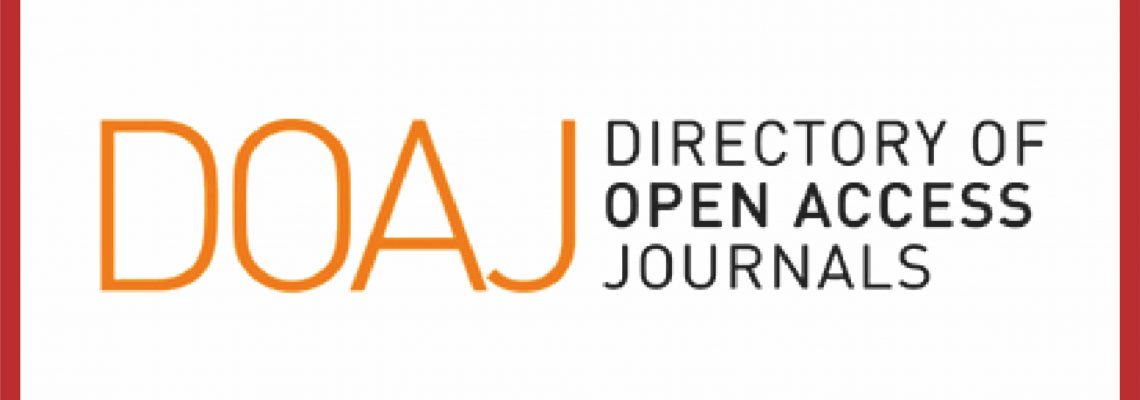Self-Perceived Fibromyalgia Among Female Students and Academicians; A Single City Study
Self-Perceived Fibromyalgia Among Females
DOI:
https://doi.org/10.55279/jafmdc.v7i1.363Keywords:
Chronic Fatigue Disorder, Fibromyalgia Syndrome, Muscle Tenderness, Musculoskeletal pain;Abstract
Objectives: The study aims to analyze the prevelance of self reported fibromyligia syndrome among the female students and teachers and its association with demographic factors.
Methodology: This discriptive cross sectional study was conducted over 6 month from 6th april to 25th september 2020 after ethical approval targetting females in the education sector across various educational institutes in sialkot ccity using convinience sampling technique.Based on predefined eligibility criteria, a total of 161 females aged 18-35 were included in the study by utilizing a fibromyalgia survey questionnaire. The correlation between different age groups and symptoms severity was investigation with the utility of Spss.
Results: Out of 161 participants, 43 (26.70%) reported symptoms of fibromyalgia, having a mean age of 24.46±4.305 years. Prevalence of fibromyalgia reported was 22.7% in 18–23 years, 25.4% in 24–29 years and 43.5% in 30–35 years of age respectively. The symptom severity levels were mild (34.8%), moderate (41.3%), and severe (43.5%). The most affected body area was the shoulder (79.06%), followed by the neck (72.09%) and the lower back (69.77%). The prevalence in minor and major body areas was recorded as 37.39% and 34.51%, respectively.
Conclusion: The prevalence of self-reported fibromyalgia in females increases with advancing age, most evident in the thirties and onwards. The risk of fibromyalgia is directly related to the body mass index. Symptom distribution analysis supported the tender point theory of fibromyalgia assessment.
Downloads
Published
How to Cite
Issue
Section
License
Copyright (c) 2025 Dr Bisma, Dr Roha, Dr Misbah, Wajida Perveen, Dr Amin, Dr Laiba

This work is licensed under a Creative Commons Attribution-NonCommercial 4.0 International License.
You are free to:
- Share — copy and redistribute the material in any medium or format
- Adapt — remix, transform, and build upon the material
- The licensor cannot revoke these freedoms as long as you follow the license terms.
Under the following terms:
-
Attribution — You must give appropriate credit, provide a link to the license, and indicate if changes were made. You may do so in any reasonable manner, but not in any way that suggests the licensor endorses you or your use.
-
Non Commercial — You may not use the material for commercial purposes.
-
No additional restrictions — You may not apply legal terms or technological measures that legally restrict others from doing anything the license permits.













